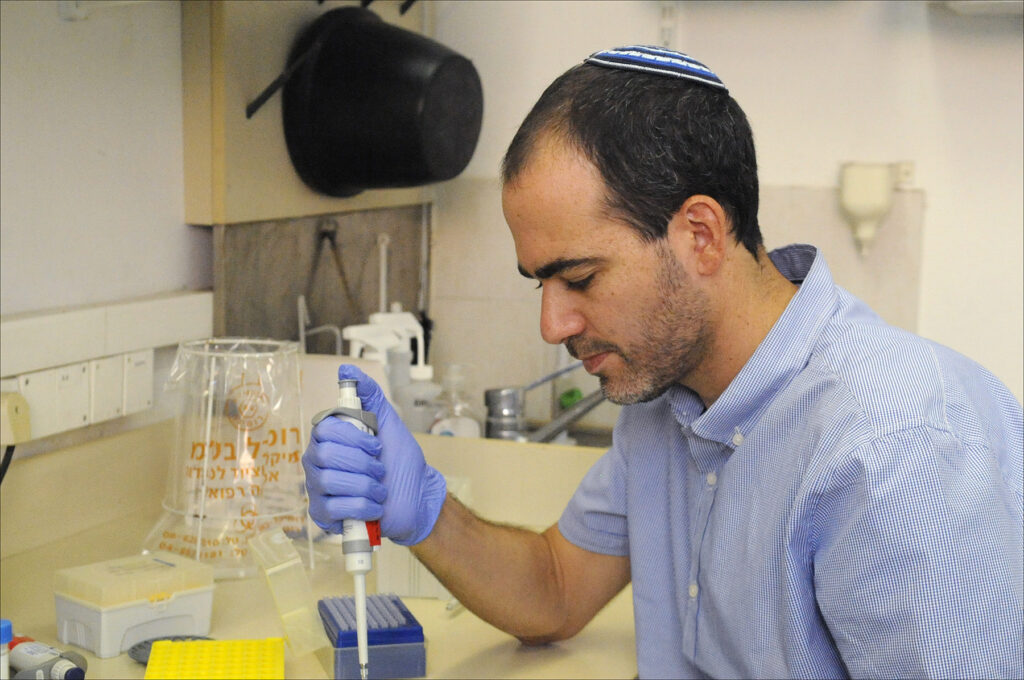Metastasis – the spreading of malignant cells from its original location to other parts of the body – accounts for 90% of all cancer-related deaths. It occurs when cancer cells detach from their primary site and settle in distant organs.
Nearly all types of cancer have the ability to metastasize, but whether they do depends on a variety of individual factors. Metastases can occur in three ways. They can grow directly into the tissue surrounding the tumor; cells can travel through the bloodstream to distant locations; or they can move through the lymph system to nearby or distant lymph nodes.
The most common sites for cancers to metastasize include the brain, bones, lungs and liver, while other locations include the adrenal gland, lymph nodes, skin and additional organs.
Detecting metastasis is expensive and complicated. There is no one test to check for metastasis. Various tests will reveal different things. The tests that are done are determined by the type of primary cancer and/or any symptoms that need to be investigated.
There are many tests that are designed to “take pictures” of various parts of the body. MRI (magnetic resonance imaging) is a test using radio waves and magnets to create an image. MRI is best used to define potential damage to the spinal cord if there are bone metastasis in the vertebra of the back or to characterize brain metastases.
Computerized tomography (CT) scanning is the first and preferred imaging modality for screening lung metastases, since aggressive surgical removal of pulmonary metastasis is recommended for survival.
A PET scan (positron emission tomography) works to identify areas of hypermetabolic activity anywhere in the body. A radioactive substance is given to the patient and this attaches to glucose, which is attracted to cells that are hypermetabolic. When the scan is done, these areas “light up.” Often, but not always, cancer cells fall into this category of being hypermetabolic. In addition, not everything that is hypermetabolic is cancer.
A bone scan is done with a radioactive tracer that attaches to damaged bones and shows as a “hot spot” on the scan. It is most useful at evaluating the whole body for evidence of bone damage that is suspicious for cancer. If there is concern for a bone breaking, additional plain X-rays may be done to further define the extent of damage.
The results of these and other tests may not provide definitive information. The findings must be correlated with each other, the physical examination, symptoms and in some cases a biopsy.
Now, a new Israeli study published in the scientific journal JCI Insight under the title “Liquid biopsy reveals collateral tissue damage in cancer” reveals a new method for detecting metastatic damage of cancer in normal organs using a simple blood test. The new method, said the researchers, will in the future save the need for invasive tests to detect metastases and make it easier for cancer patients.
The work was done in the laboratory of Prof. Yuval Dor and Prof. Ruth Shemer from the Faculty of Medicine of the Hebrew University of Jerusalem (HUJI), led by doctoral student (who is also a pediatrician at Jerusalem’s Shaare Zedek Medical Center) Dr. Asael Lubotsky, and in collaboration with numerous doctors from Hadassah University Medical Center’s Sharett Institute of Oncology and medical institutions in the US
The new blood test detects DNA segments in the blood of cancer patients from various tissues and allows damage caused by metastases to be identified, even in tissues where damage cannot be detected using standard blood tests.
The researchers examined hundreds of blood samples from both healthy people and cancer patients with primary or metastatic cancer. They used a liquid biopsy they developed that made it possible to determine – through an in-depth analysis of pieces of DNA circulating in the bloodstream – the profile of dead cells in the body and locate them.
“Cancer inflicts damage to surrounding normal tissues, which can culminate in fatal organ failure. Here, we demonstrate that cell death in organs affected by cancer can be detected by tissue-specific methylation patterns of circulating cell-free DNA (cfDNA). We detected elevated levels of hepatocyte-derived cfDNA in the plasma of patients with liver metastases originating from different primary tumors, compared with cancer patients without liver metastases. In addition, patients with localized pancreatic or colon cancer showed elevated hepatocyte cfDNA, suggesting liver damage inflicted by micrometastatic disease, by primary pancreatic tumor pressing the bile duct, or by a systemic response to the primary tumor,” they wrote.
Dor concluded that the main finding from the study is that the DNA that cruises the blood of cancer patients contains rich information about the damage caused by metastases of the tumor in normal tissues, including the liver and brain. “We hope to be able to translate the findings into a new diagnostic tool that will help physicians identify when diagnosing cancer whether it is a metastatic or localized tumor.”
The shortcode is missing a valid Donation Form ID attribute.




